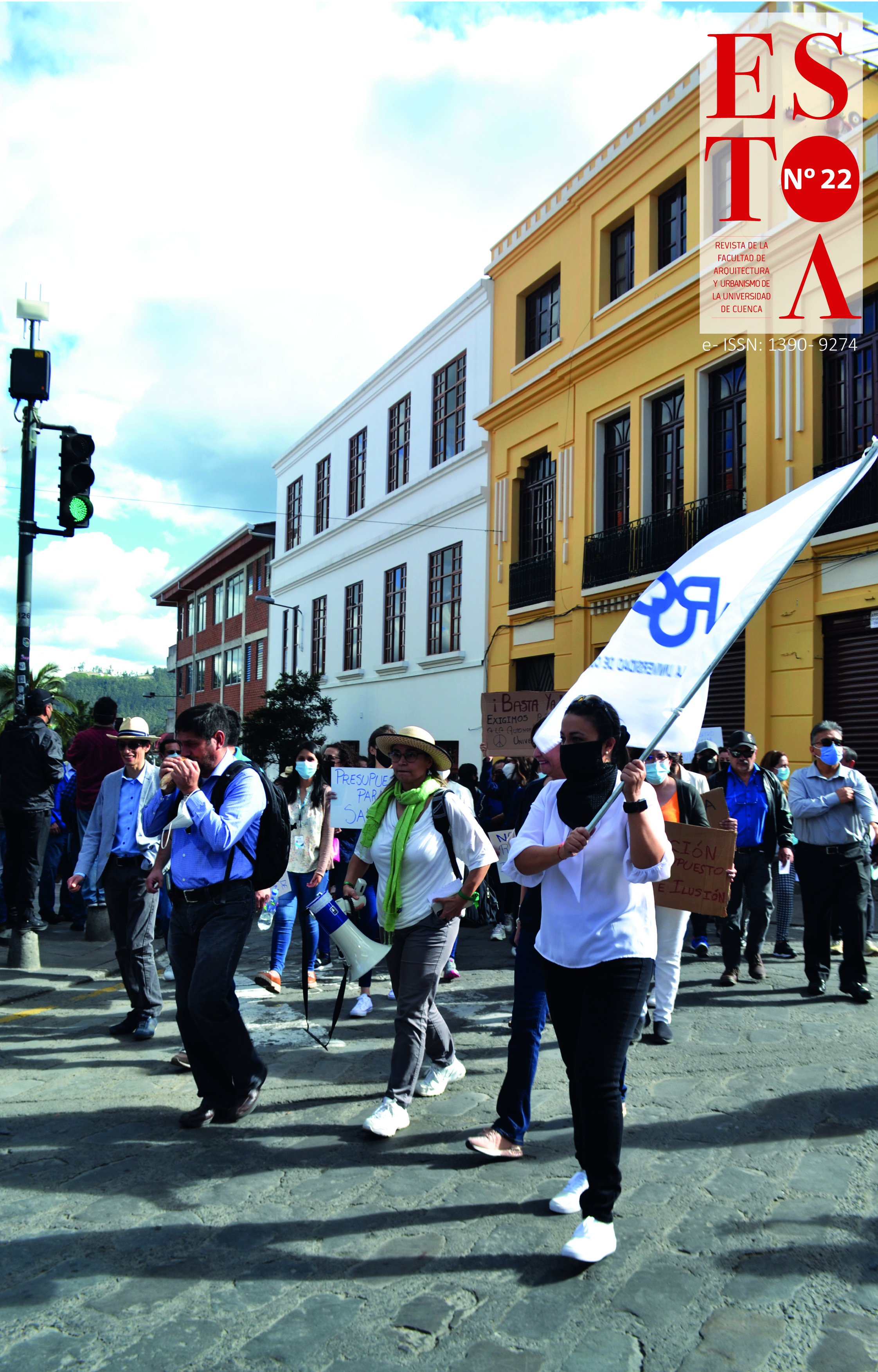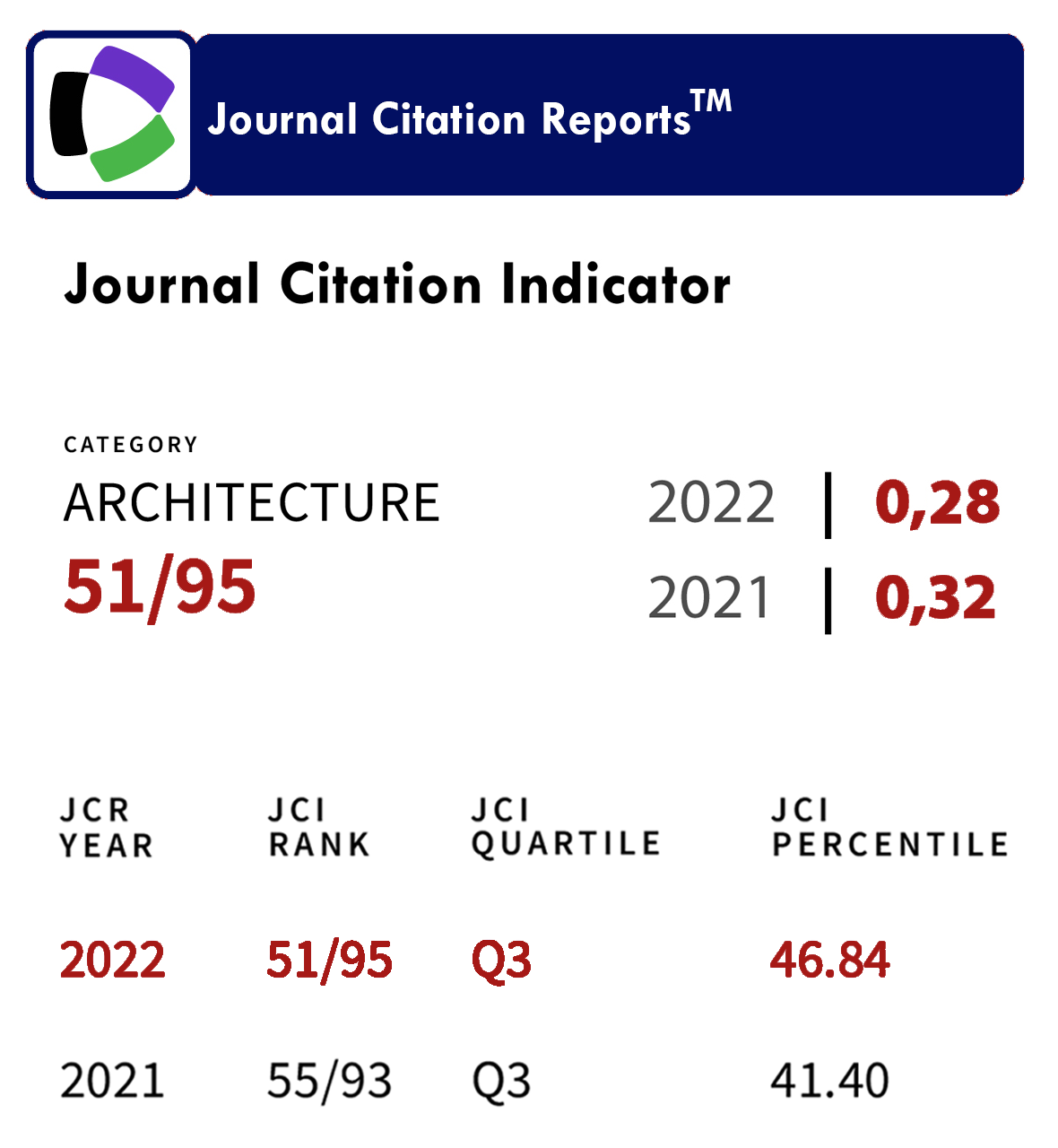Embodied cognition. Sensitive sketching as a technique for recognizing architectural space
DOI:
https://doi.org/10.18537/est.v011.n022.a07Keywords:
scientific knowledge, phenomenology, movement, pragmatism, tacit knowledgeAbstract
Technologies have an impact on our way of living, of inhabiting and, above all, of knowing. Many activities that imply a bodily skill have been replaced by mechanical substitutes. The aim of this paper is to explore the bodily dimension of a specific relationship between technique and architecture. In this context, it focuses on the analysis and characterization of the cognition involved in the act of drawing the lived architectural space. It attempts to defend the view that drawing by hand develops a particular way of bodily cognition that brings together a set of perceptual actions and movements that enable a deeper recognition of the architectural space. Methodologically, the work is specified as a theoretical reflection and discussion where aspects of phenomenological philosophy and North American pragmatism, such as skills, bodily technical mastery, tacit knowledge and extended proprioception, are reviewed.
Downloads
References
Battán Horenstein, A. (2022). Cognición corporal y movimiento: una fenomenología de la experticia. Tópicos. Revista de Filosofía de Santa Fe. (En prensa)
Berger, J. (2013). Sobre el dibujo. Gustavo Gili.
Bertero, C. (2009). La enseñanza de la arquitectura. Entre lo dibujado y lo desdibujado. Ediciones UNL.
Bizzotto, L. J. (2021). Entrañamiento: la experiencia incorporada del espacio arquitectónico cotidiano. Revista Arquitectura +, 6(12), 46–55. https://doi.org/10.5377/arquitectura.v6i12.12323
Boesiger, W. y Stonorov, O. (Ed.) (1990). Le Corbusier et Pierre Jeanneret: oeuvre complete 1910-1929. Les Editions d'Architecture.
Brownlee D., y De Long D. (1997). Louis I. Kahn: In the Realm of Architecture. Universe.
Calvino, I. (1996). Seis propuestas para el próximo milenio. Ediciones Siruela.
Carpo, M. (2013). The art of drawing. Architectural Design, 83(5), 128–133. https://doi.org/10.1002/ad.1646
Feibleman, J. K. (1966). Technology as skills. Technology and Culture, 7(3), 318-328. https://doi.org/10.2307/3101931
Galison, P. (2007). Aufbau / Bauhaus: Logical Positivism and Architectural Modernism. Critical Inquiry, 16(4), 709–752.
Gilmet, H. (2018). Sobre el croquis del paisaje urbano. Universidad de la República.
Hale, J. A. (2017). Merleau-Ponty for architects. Routledge.
Han, B.-C. (2015). La salvación de lo bello. Herder Editorial.
Husserl, E. (2011). La idea de la fenomenología. Helder.
Janik, A., y Toulmin, S. (1998). La Viena de Wittgenstein. Taurus.
Johnston P. (1996). The function of the oblique. The architecture of Claude Parent and Paul Virilio 1963-1969. AA Documents.
Merleau-Ponty, M. (1984). Fenomenología de la Percepción. Planeta-Agostini.
Merleau-Ponty, M. (1986). El ojo y el espíritu. Paidós Ibérica.
Pallasmaa, J. (2012). La mano que piensa. Sabiduría existencial y corporal en la arquitectura. Gustavo Gili.
Parodi Rebella, A. (2017). Museo de Arte de Teshima. Espacio arquitectónico, experiencia perceptiva y manipulación de la escala. Arquisur, 11, 44–63.
Perec, G. (1973). ¿Aproximaciones a qué? Cause commune, (5), 3-4.
Polanyi, M. (2005). Personal Knowledge. Towards a Post-Critical Philosophy. Routledge.
Polanyi, M. (2009). The tacit dimension. University of Chicago Press.
Sennett, R. (2009). El artesano. Anagrama.
Serres, M. (2019). Hominescence. Bloomsbury Publishing.
Serres, M. (2014). Pulgarcita. Gedisa.
Silva Oukawa, C. (2019). Potenciales del dibujo de observación en el análisis arquitectónico con base en un análisis del edificio Copan. Estoa, 8(15), 57–63. https://doi.org/10.18537/est.v008.n015.a05
Siza, A., y Chiaramonte, G. (2015). A medida do Ocidente. Viagem na representação. Postcart.
Tamayo Abril, J., Malo, G., y García, G. (2019). El dibujo y su aporte a la identificación de valores de la arquitectura vernácula. Estoa, 8(16), 33–45. https://doi.org/10.18537/est.v008.n016.a03
Vallespín, N. (2020). Dibujos de extrañamiento. Algunas técnicas operativo-imaginales en la pedagogía de Javier Seguí. Cuadernos de Historia del Arte, (34), 163–203.
Published
How to Cite
Issue
Section
License
Copyright (c) 2022 Estoa. Revista de la Facultad de Arquitectura y Urbanismo

This work is licensed under a Creative Commons Attribution-NonCommercial-ShareAlike 4.0 International License.
The Journal declines any responsibility for possible conflicts derived from the authorship of the works that are published in it.
The University of Cuenca in Ecuador conserves the patrimonial rights (copyright) of the published works and will favor the reuse of the same ones, these can be: copy, use, diffuse, transmit and expose publicly.
Unless otherwise indicated, all contents of the electronic edition are distributed under a Creative Commons Attribution-NonCommercial-ShareAlike 4.0 International License.






